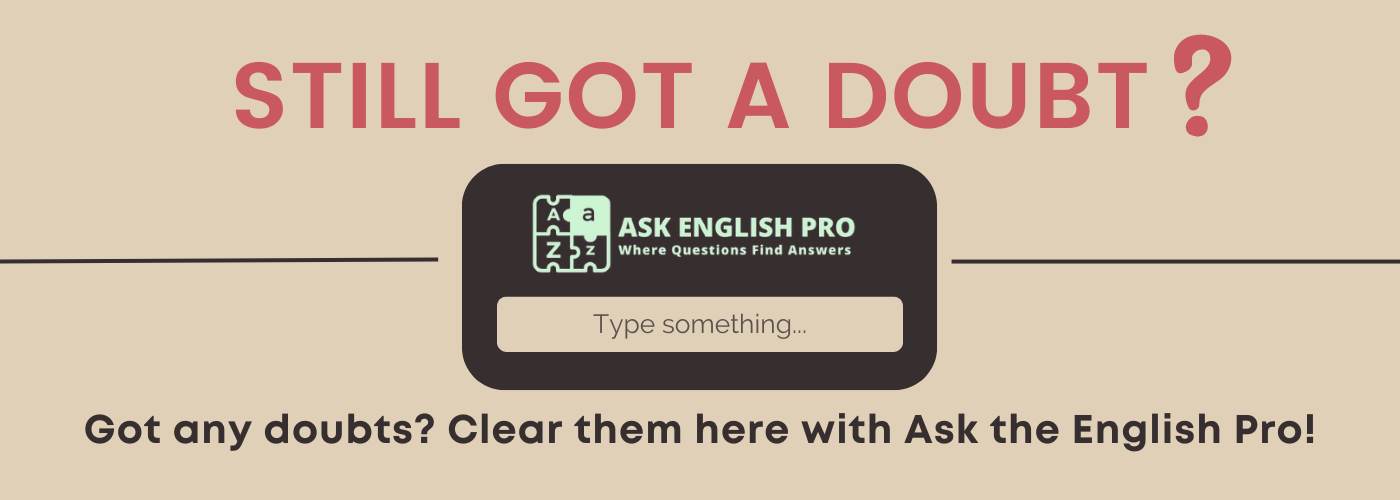Detailed Article for the Word “Awl”
What is Awl: Introduction
Imagine the precision needed to punch a hole in a leather belt or to lace together rawhide for a saddle; the tool essential for these tasks is an “awl.” Though simple in form—a pointed tool designed for piercing—it embodies the timeless ingenuity of handcrafts and functional design. In an age of complex machinery, the awl serves as a reminder of the practicality and effectiveness of hand tools. From ancient leatherworkers to modern artisans, the awl’s utility is cherished in crafting fields around the world.
Origin and History of the Word Awl
The word “awl” originates from Old English “æl,” with linguistic roots in Proto-Germanic “alaz,” referring to a pointed tool used for piercing or boring. Its lineage stretches through Old High German “ala” and Middle Dutch “ale,” indicating the tool’s longstanding presence in early European societies. The first recorded use of “awl” in English dates back to the 9th century, primarily in contexts related to leatherworking. As societies evolved, the awl adapted for various purposes, from crafting footwear to bookbinding, making it indispensable in many trades. Today, the awl endures as a humble yet crucial tool, representing centuries of manual craftsmanship.
Meaning and Definition of Awl
Awl (noun):
- A small, pointed tool for piercing holes, especially in leather.
- Used in various crafts, including shoemaking, woodworking, and leatherworking.
- Characterized by a pointed steel or iron shaft and often a handle for stability.
How to Pronounce Awl
AWL (rhymes with “all”)
How to Remember Awl: Memory Tips
Picture the word “awl” as an inverted letter “A” forming a sharp point. Imagine a leatherworker holding an awl, pressing its point to create a perfect hole. To connect the word to its function, think of “awl” as a reminder of “all” things it can pierce, from leather to canvas. Alternatively, visualize “awl” as similar to “owl,” a creature known for its keen sight—just as the awl’s precision allows for exact piercing in craft.
Awl in a Sentence: Examples and Usage
- Crafting: The artisan used a sturdy awl to make holes in the leather strap before stitching.
- Historical: Awls have been found in archaeological sites, indicating their use in ancient textile and leather trades.
- Professional: A shoemaker’s toolkit often includes a variety of awls to suit different materials and stitching techniques.
- Everyday Use: A leather hobbyist’s workshop isn’t complete without a reliable awl for fine detail work.
- Artistic: The artist used an awl to create delicate textures on a copper plate for printmaking.
- Instructional: In sewing, an awl can guide threads through thick fabric without a needle.
- Technical: Awls with specialized grips and pointed ends are used in precision industries for marking and starting holes.
Difficulty Level of Using Awl
Basic: Commonly encountered in crafting contexts, “awl” is straightforward to use, but requires caution due to its sharpness and specific function in precise, manual tasks.
Modern Usage of Awl in Contemporary Context
While technology has reduced reliance on many traditional tools, the awl remains a favorite in artisanal crafts and some modern trades. In leatherworking and shoemaking, it serves as an essential instrument for creating uniform holes. Furthermore, it has carved out a niche in art, where awls are used in printmaking and to add intricate textures to metal plates. In woodworking, specialized awls are indispensable for precision drilling and starting nails or screws. The resurgence of handmade and artisanal goods has led to renewed interest in this modest tool, celebrated in craft circles for its enduring utility and the precision it offers in an increasingly mechanized world.




















no image here,please add it
Hi Shivam
Have added the image, thanks for the info.
Regards
Team Wordpandit
His ail condition prevented him to attend the meeting